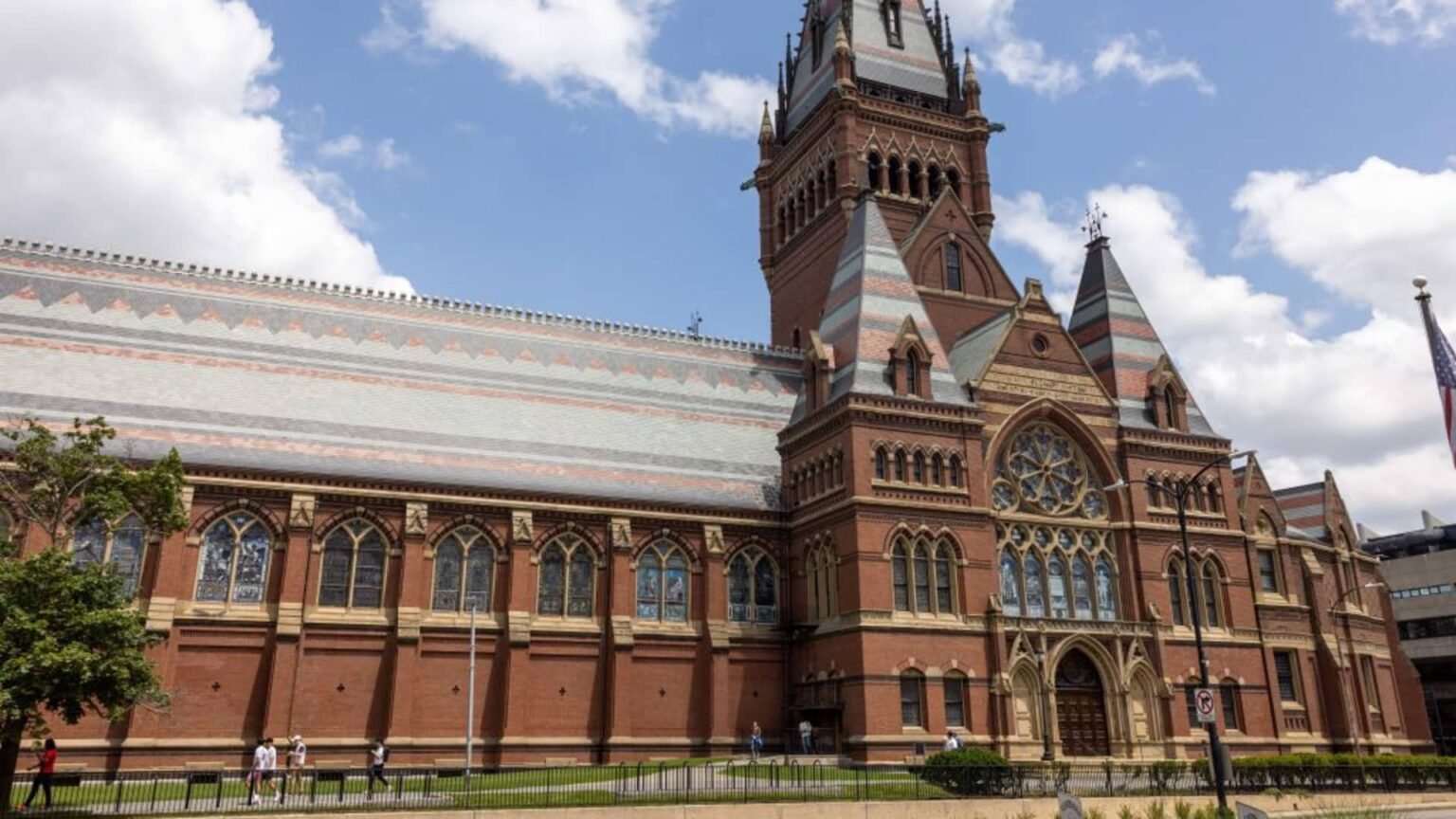Attending an Ivy League institution like Harvard University can have significant long-term benefits. Former Harvard students who received federal aid command a median salary of $95,114 a decade after beginning college, which is well above the median salary of all four-year institutions. However, the price to attend Harvard is steep, with tuition for the 2024-25 school year costing $56,550 and additional fees bringing the total cost of attendance up to $82,866. Despite these high costs, many students pay far less than the sticker price, with nearly 1 in 4 Harvard families paying nothing after receiving aid and grants.
Harvard is known for providing generous financial aid packages to families with demonstrated need. Over half of Harvard undergraduates receive institutional scholarships, and 24% of families pay nothing after receiving aid. The school maintains a 100% need-based aid policy, meaning it is committed to providing all the financial assistance a family demonstrates they need. Families earning less than $85,000 a year are not expected to contribute any money to their student’s cost of attendance. While most financial aid comes from the school, around 19% of undergraduates also receive federal Pell Grants, with students receiving an average of $19,500 a year in federal financial aid to attend Harvard.
Despite Harvard’s reputation for being relatively affordable for those accepted, the school’s admissions data suggest that low-income students face significant barriers to entry. While the admissions process is need-blind, factors such as academic excellence and extracurricular involvement can pose challenges for students from low-income families. Wealth and high household incomes have historically been proven to give students an advantage in achieving these goals, while low-income students may lack the time or financial support to do so. A study by Harvard’s Opportunity Insights found that students from the top 1% of households are twice as likely as middle-class students with similar SAT scores to attend elite schools like Harvard.
Only a small portion of Harvard’s population comes from low-income families. Students from the bottom 20% of earners made up just 4.5% of Harvard’s class of 2013, compared to 67% of students from the top 20%. This demonstrates a significant disparity in economic backgrounds among Harvard’s student population. While the school aims to provide financial aid to those in need, the admissions process and competitive nature of elite institutions can make it difficult for low-income students to gain entry. Factors such as academic excellence and extracurricular involvement, which are favored in admissions decisions, can be harder for low-income students to achieve.
In conclusion, attending Harvard University can have long-term benefits, with former students commanding high salaries a decade after beginning college. While the cost of attendance is high, many students receive generous financial aid packages, with nearly a quarter of families paying nothing after receiving aid. However, low-income students face significant barriers to entry, as wealth and high household incomes can provide advantages in achieving academic and extracurricular success. Despite efforts to make Harvard more accessible, the student population remains skewed towards higher income families, highlighting the ongoing challenges faced by low-income students in accessing elite institutions.











